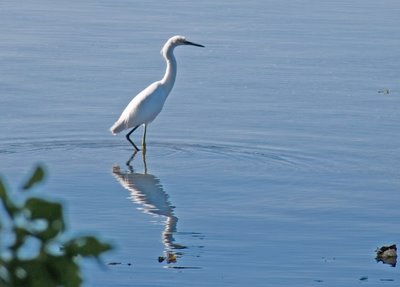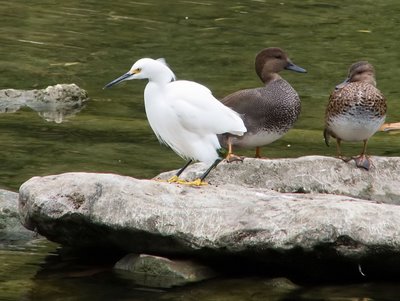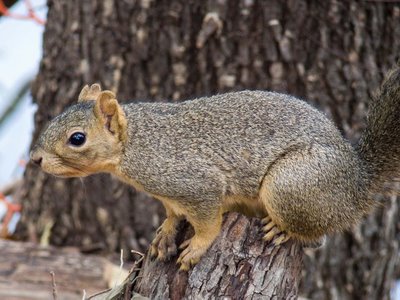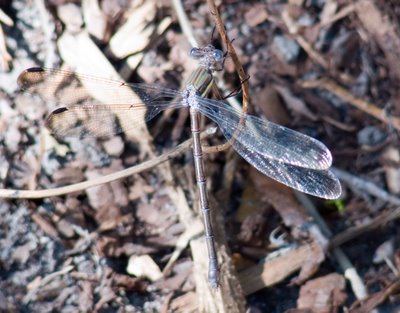Today I am afraid I will disappoint those visitors who come to this blog hoping for political diatribes, startling anecdotes, unfair and unbalanced philosophical viewpoints, or simply gossip. Maybe later.
As is usual lately, I've been out taking photographs. Unlike political blogging, nature photography works to keep the cortisol situation outside the danger zone. Here is a photo miscellany from the past few days.
Western ribbon snake, Thamnophis proximus. This species is highly variable. Our central Texas variety usually has a red stripe down the back, as this one does.
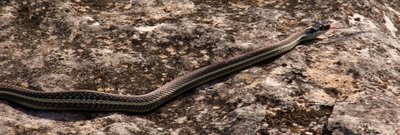
Fiery skipper, Hylephila phyleus, on a Palafoxia flower.

Black vulture landing at a vulture roost in the middle of Landa Park in New Braunfels, Texas. The roost is on an island in a small lake fed by Comal Springs, the largest natural spring in the state. It's quite a beautiful setting for a vulture roost. Cormorants and red-tail hawks also like it.

Turkey vulture overhead near Onion Creek

The damselfly that I mentioned in an earlier post, that I could not identify. I am reasonably certain it is a smoky rubyspot, Hetaerina titia. This species is also highly variable in appearance. I took a photo of one in Belize that was much darker.

Click any photo to enlarge



